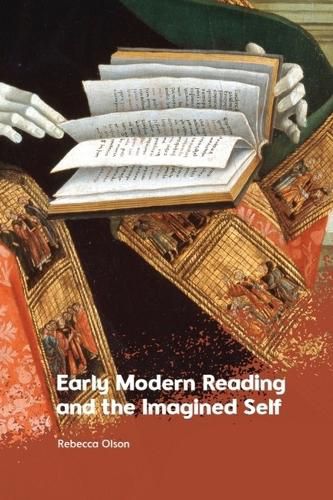Readings Newsletter
Become a Readings Member to make your shopping experience even easier.
Sign in or sign up for free!
You’re not far away from qualifying for FREE standard shipping within Australia
You’ve qualified for FREE standard shipping within Australia
The cart is loading…






Who do we imagine we are reading 'with' when we read alone? Early Modern Reading and the Imagined Self proposes that we cannot responsibly read early modern texts without self-awareness of our own reading habits. Moreover, we cannot be fully self-aware of our own reading habits if we do not understand the ways they continue to be shaped by the social dynamics supported and proliferated by early modern texts. Analysing key sixteenth-century printed editions, including Utopia, The Boke of the Cyte of Ladyes, Titus Andronicus, and Politeuphuia, this study provides examples of how printed Tudor fiction encourages readers to position themselves in relation to imagined others, often in ways that critique the exclusive communities associated with Tudor humanism. Subsequent editions also encouraged audiences to read 'with' a wide range of speculative fellow readers, yet also created new opportunities to exercise implicit bias against people of their own making.
$9.00 standard shipping within Australia
FREE standard shipping within Australia for orders over $100.00
Express & International shipping calculated at checkout
Who do we imagine we are reading 'with' when we read alone? Early Modern Reading and the Imagined Self proposes that we cannot responsibly read early modern texts without self-awareness of our own reading habits. Moreover, we cannot be fully self-aware of our own reading habits if we do not understand the ways they continue to be shaped by the social dynamics supported and proliferated by early modern texts. Analysing key sixteenth-century printed editions, including Utopia, The Boke of the Cyte of Ladyes, Titus Andronicus, and Politeuphuia, this study provides examples of how printed Tudor fiction encourages readers to position themselves in relation to imagined others, often in ways that critique the exclusive communities associated with Tudor humanism. Subsequent editions also encouraged audiences to read 'with' a wide range of speculative fellow readers, yet also created new opportunities to exercise implicit bias against people of their own making.